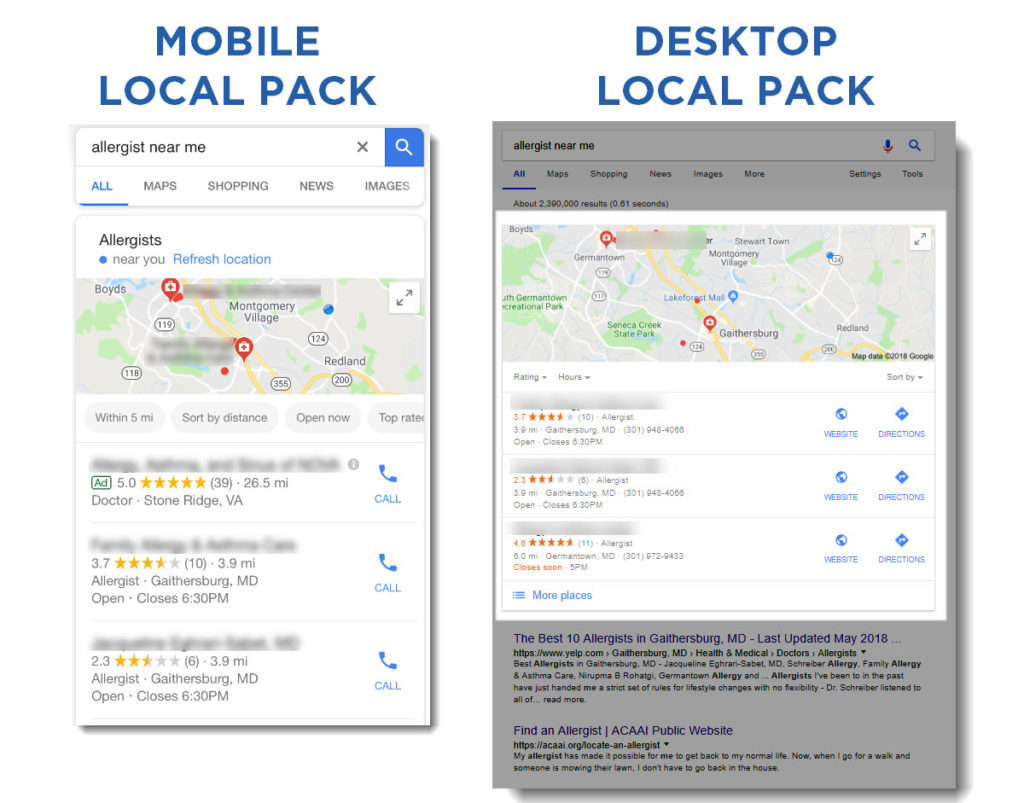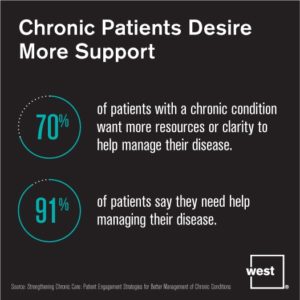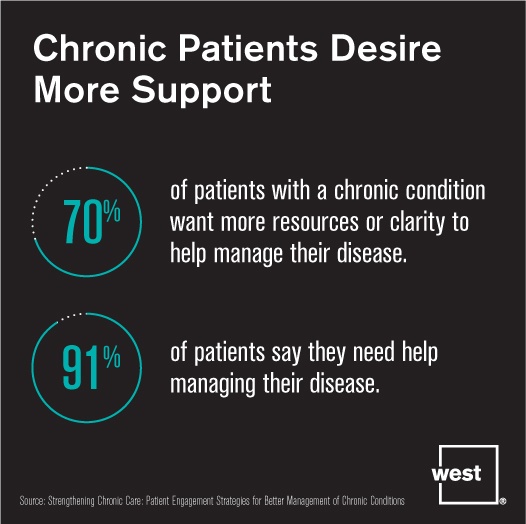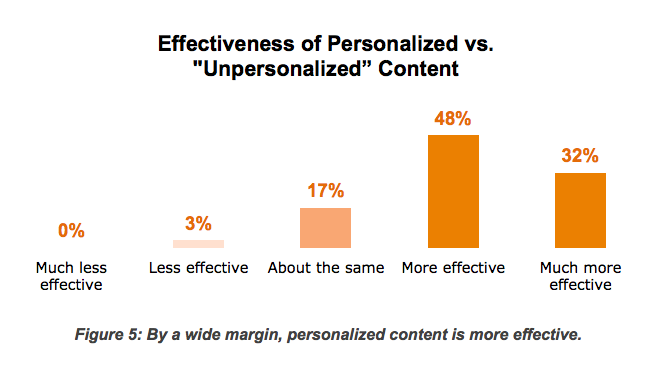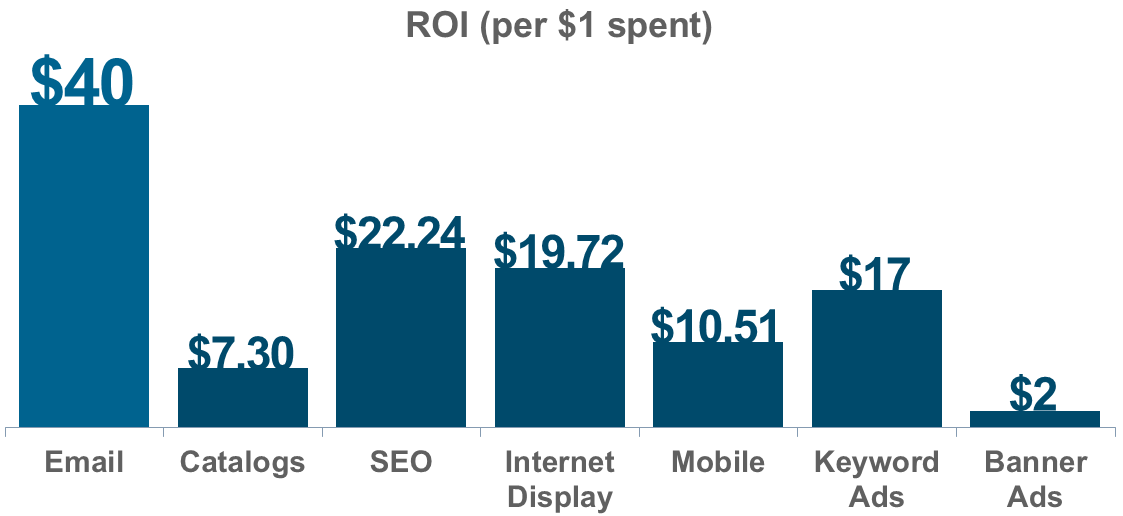“The health system of the future will be consumer-centric, wellness oriented, care everywhere and digitally connected.” The American Hospital Association’s Center for Health Innovation September 2019 report on digital innovation articulates that vision for participatory health, where the current health care delivery model driven by providers will be replaced with a consumer-driven model.
The foundation of such a health system is patient engagement and activation. Understanding that patients are not simply the passive objects, or purchasers, of a health system’s services but are active, participatory partners in the pursuit of better health.
Hospitals and health systems are beginning to dip their toes into the consumerism waters. More and more are hiring chief experience officers, and many have patient portals or mobile apps to communicate with patients outside of the hospital’s four walls. But, institutions that think they are empowering and engaging patients to be partners in care simply by deploying a patient portal or mobile app or some other consumerism tool or feature are making the mistake of thinking technology without strategy is sufficient. The result is use of a technology tool du jour with little meaningful impact on care outcomes.
In health care, much more is stake than in other industries where consumer-focused technologies have become commonplace. Industries such as online retail, hospitality and banking. The goals of patient engagement are partnership and empowerment to achieve better health outcomes. The goals are not loyalty, convenience and satisfaction, although those are important components. A consumer can engage with his or her bank almost entirely and satisfactorily without connecting with a banking professional. In many ways, eliminating the human interaction is almost the point of online and mobile banking. The same cannot be said about health care.
Rethinking and redesigning the patient experience must begin with a recognition that health care is different. While today’s health care consumers indeed expect convenience and information and services on demand and form brand loyalty based on perception and experience, their expectations do not end there. They also expect to be cared for, respected, valued and treated as individuals and to be made well.
Thoughtful and intentional patient engagement strategy, therefore, must bring together hospital marketing, communications, operations and clinical teams and ask the question, “what do our patients need in order to become healthier and more engaged in their care?” It also involves measurement and analytics. Are patients indeed becoming healthier? Have readmissions declined? Are we improving treatment plan compliance?
The contemporary tactics and tools of consumerism – personalization, digital targeting, convenience, data-driven behavior insights – have an important role to play in patient engagement strategy. But, the patient, not the technology, must have the starring role.Amrit Kirpalani is the CEO of Dallas-based NectarOM, an omnichannel personalization company that works with health care organizations to create a 360-degree view of their patients to grow their loyalty and satisfaction and improve health care outcomes.






